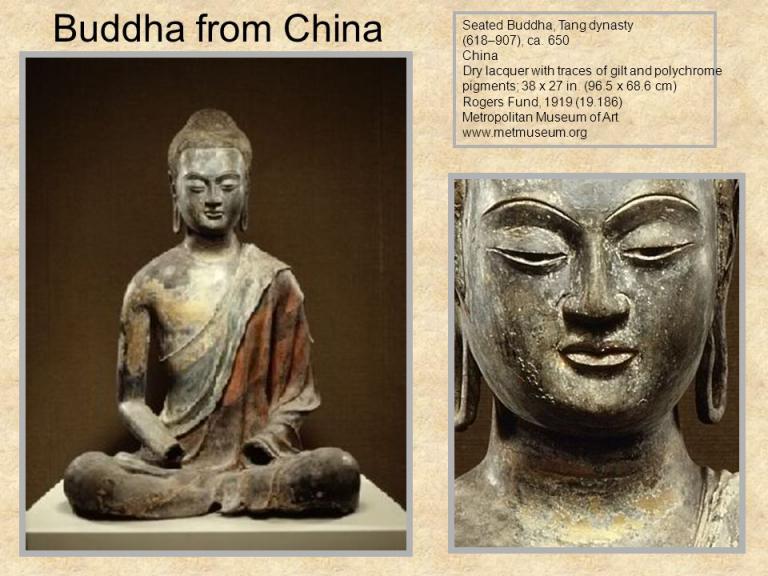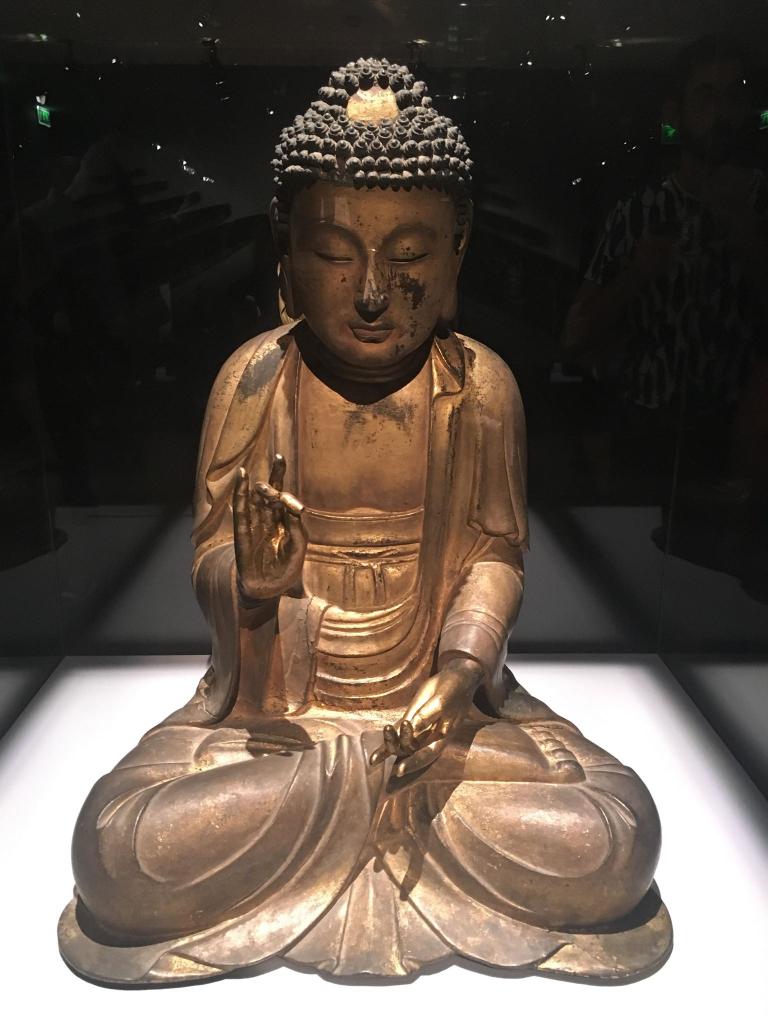Fochuan Stories
3 min readThe stories of Fochuan, which is also called Fobenxing stories, is a comprehensive and vivid description on all stages of Sakyamuni’s life, which depicts the life of the prince who gave up his identity and converted to Buddhism and finally became the Enlightenment of Buddha and also things happened to Sakyamuni before his death.

Most of the pictures of Fochuan stories are painted in Kizil Grottoes in Qiuci which are mainly divided into two kinds. One is the biography of Buddha; pictures of this kind are usually located on four walls of the principal room of the square-shaped caves like continuous squares which demonstrate the process from the birth of Buddha to his nirvana in the form of comic strips.The other kind is the depictions of the Buddha’s holy deeds of going all around to preach sermons after his nirvana. These pictures are also called Figures of Teaching the Dharma which are usually painted on sidewalls of the central-column and square-shaped caves with one picture in a square and some times several Preaching Pictures spreading the entire place of the walls. There are over 60 themes for various Fochuan stories in Kizil Grottoes.
As to the biography of Sakyamuni, there is no system record of the earliest times. Afterwards, people collected and did modification on scattered biographies in classic Buddhist works to form a variety of Fochuan stories. But because of the varied contents of the works of different times, each Fochuan story has its own emphasis and detailed or brief content. These stories are usually painted in accordance with Abhiniskramana-Sutra in which such contents as Buddha slaying the demons and his nirvana as well as Dharma in the Sarnath for the first time are highlighted. The contents are painted abovethe door of the principal room in the central-column cave or on the principal wall of the square-shaped caves. In addition, scenes of Maitreya preaching sermons on Doushuai Heavenly Kingdom are revealed in pictures located right above the principal room of the central-column cave, which faces the figure of Buddha in the shrine on the principal wall.

In the 110th cave of Kizil Caves, the right, left and central walls are all painted with Fochuan stories which add up to a number of 63, and each of them has three layers: the up, middle abd below, located in a unique manner.In the 175th cave, however, only a few Fochuan plots of significance are depicted. For example, the scene of “slaying the demons”is painted at the inner side of north Nakan while the scene of “slaying the fire dragon”is depicted right on Nankan; to take another example, Buddha’s “birth”,”learning to walk”, and “going out of the four doors”, which are considered as major themes of Fochuan, are painted on both left and right backroom walls to demonstrate his major deeds such as being born to the world, slaying the demons, preaching sermons and his nirvana with different parts being glamorized to disseminate Buddhist ideas in a forceful manner. Above the principal room of the 69th cave is a rare-seen picture of Preaching Sermons in Sarnath with a royal occasion plus a large number of persons, which depictsthe Buddha preaching sermons to five monks after his nirvana. There is also Figure of Entertain the Prince in the 118th cave which demonstrates that Sakyamuni, the prince, who was vexed with earthly affairs, intended to become a monk, but his father tried to move him with pretty palace maids and wonderful singing and dancing with the hope that he would change his mind.The picture presents a profound theme of “abstinence”with the symbolic technique and the unique picture composition.









